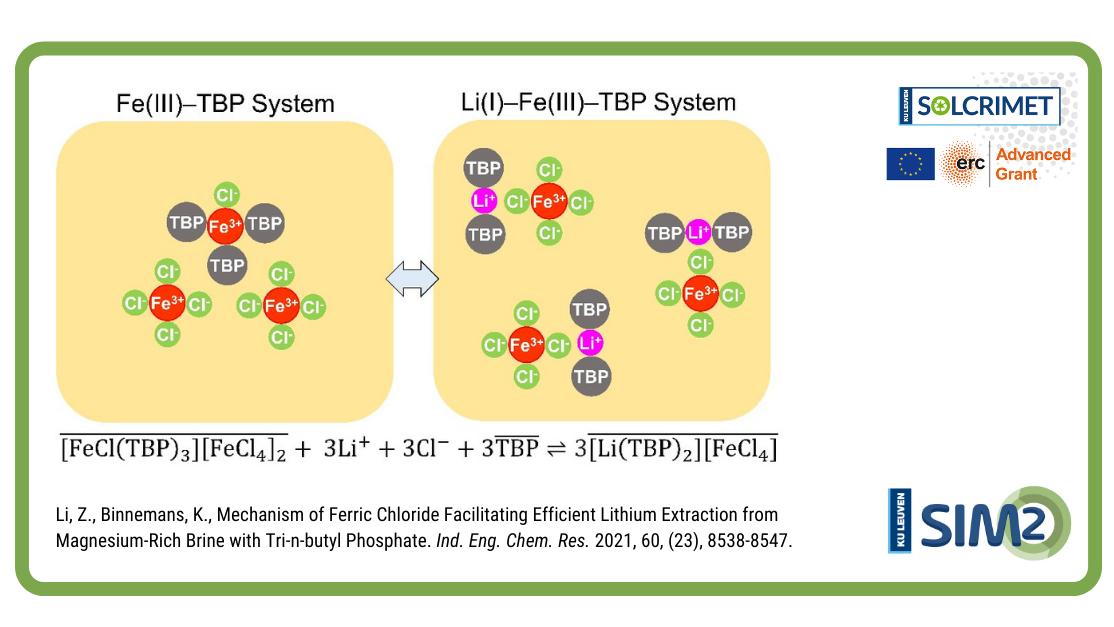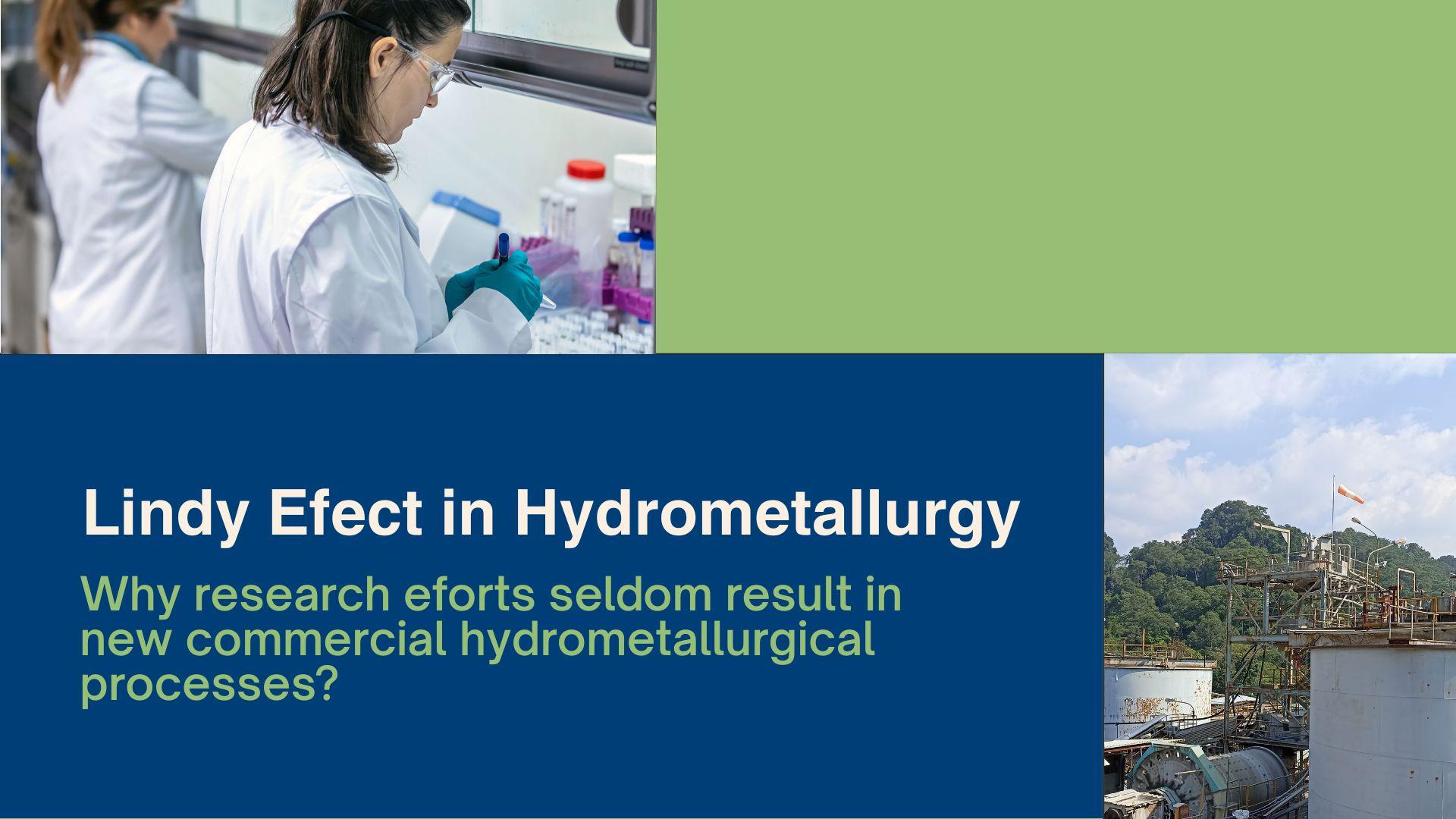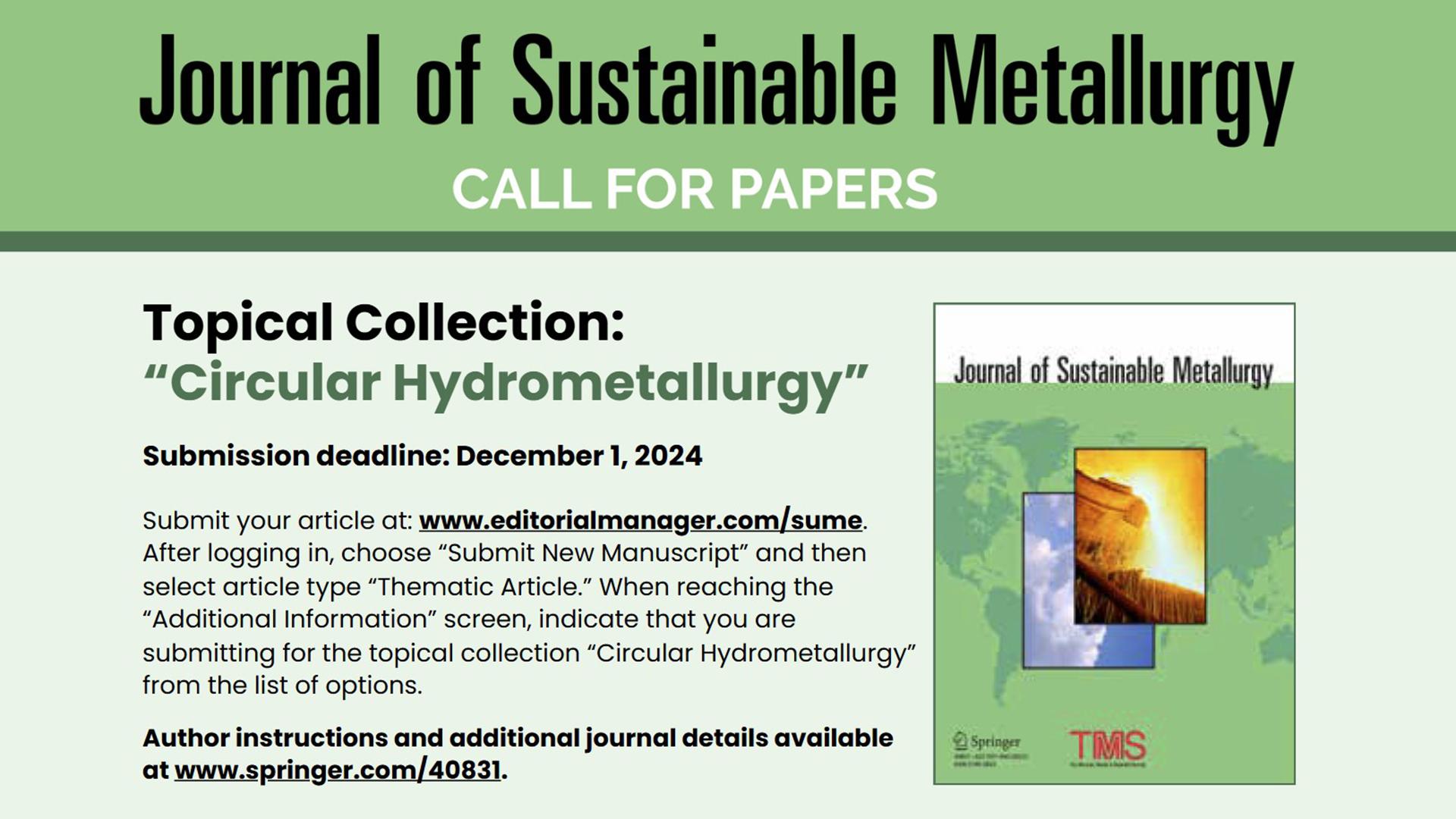Due to the burgeoning popularity of electric vehicles, the global demand for lithium is being turbo-charged. Novel, more efficient and environmentally-friendly processes for lithium recovery are thus essential. During the last years, SIM² KU Leuven – SOLVOMET researchers have been developing the so-called synergistic solvent extraction system for lithium from brines. They have demonstrated that the synergistic solvent extraction system, consisting of tri-n-butyl phosphate (TBP) and ferric chloride, is very suitable for selective extraction of lithium from magnesium-rich brine because of its high selectivity and low cost. However, other chloride salts have much lower lithium extraction efficiency than ferric chloride, although they having similar properties as ferric chloride. In new work, SIM² KU Leuven – SOLVOMET researchers have been able to pinpoint the mechanism why only ferric chloride can facilitate efficient lithium extraction. The study has been published in Ind. Eng. Chem. Res.
The mechanism of lithium extraction
The extraction of lithium by FeCl3 and TBP occurs via the formation of an ion-pair [Li(TBP)x][FeCl4], in which Li+ forms a cationic complex with TBP, which is neutralised by the chlorometallate anion [FeCl4]–. In principle, other metal chlorides that can form chlorometallate anions similar to [FeCl4]– should be able to facilitate lithium extraction as well, in a similar way as with FeCl3.
However, this hypothesis is partially true: (1) AlCl3 could not form [AlCl4]– under the lithium extraction condition, hence it could not facilitate lithium extraction; while (2) CuCl2, InCl3, and SnCl4 could form chlorometallate anions, but they have a much lower lithium extraction efficiency than FeCl3.
Solvation of metal chlorides with TBP
Stoichiometric calculations show that all Fe3+ loaded in the organic phase is in the form of [FeCl4]–, i.e. it is fully involved in the extraction of lithium and magnesium. However, a large portion of Cu2+, In3+, and Sn4+ does not occur in the form of chlorometallate anions but rather in the form of neutral complexes. Further spectroscopic studies reveal that FeCl3 has a high tendency to form the maximum amount of [FeCl4]–, but CuCl2, InCl3, and SnCl4 can be solvated by TBP to form neutral species.
The unique traits of ferric chloride
Compared with AlCl3, FeCl3 can strongly form [FeCl4]– to facilitate lithium extraction. Compared with CuCl2, InCl3 and SnCl4, FeCl3 does not form neutral complexes with TBP that would hinder the formation of chlorometallate anions. To conclude, the fact that FeCl3 is able to form [FeCl4]– while avoiding the formation of neutral complexes with TBP, renders it unique properties, which allow FeCl3 to facilitate efficient lithium extraction with TBP.
Full Reference
Li, Z.*; Binnemans, K., Mechanism of Ferric Chloride Facilitating Efficient Lithium Extraction from Magnesium-Rich Brine with Tri-n-butyl Phosphate. Ind. Eng. Chem. Res. 2021, 60, (23), 8538-8547. Link: https://pubs.acs.org/doi/abs/10.1021/acs.iecr.1c01003
About the author
 Dr. Zheng Li obtained his PhD from the University of Melbourne in 2016. Then he went to Qinghai-Tibet Plateau to work on the recovery of lithium from salt lake brines. From May 2017 to Sep. 2019, he worked on non-aqueous solvent extraction sponsored by SOLCRIMET project at KU Leuven as a postdoctoral researcher (SOLVOMET Group, Prof. Koen Binnemans).Since 2019, he has been focusing on the recovery and separation of lithium, supported by a Senior FWO Postdoctoral Fellowship.
Dr. Zheng Li obtained his PhD from the University of Melbourne in 2016. Then he went to Qinghai-Tibet Plateau to work on the recovery of lithium from salt lake brines. From May 2017 to Sep. 2019, he worked on non-aqueous solvent extraction sponsored by SOLCRIMET project at KU Leuven as a postdoctoral researcher (SOLVOMET Group, Prof. Koen Binnemans).Since 2019, he has been focusing on the recovery and separation of lithium, supported by a Senior FWO Postdoctoral Fellowship.
Acknowledgements
Z.L. was supported by the Senior FWO Postdoctoral Fellowship (181203/12ZI920N). K.B. acknowledges funding from the European Research Council (ERC) under the European Union’s Horizon 2020 Research and Innovation Programme: Grant Agreement 694078—Solvometallurgy for critical metals (SOLCRIMET).
.png)







